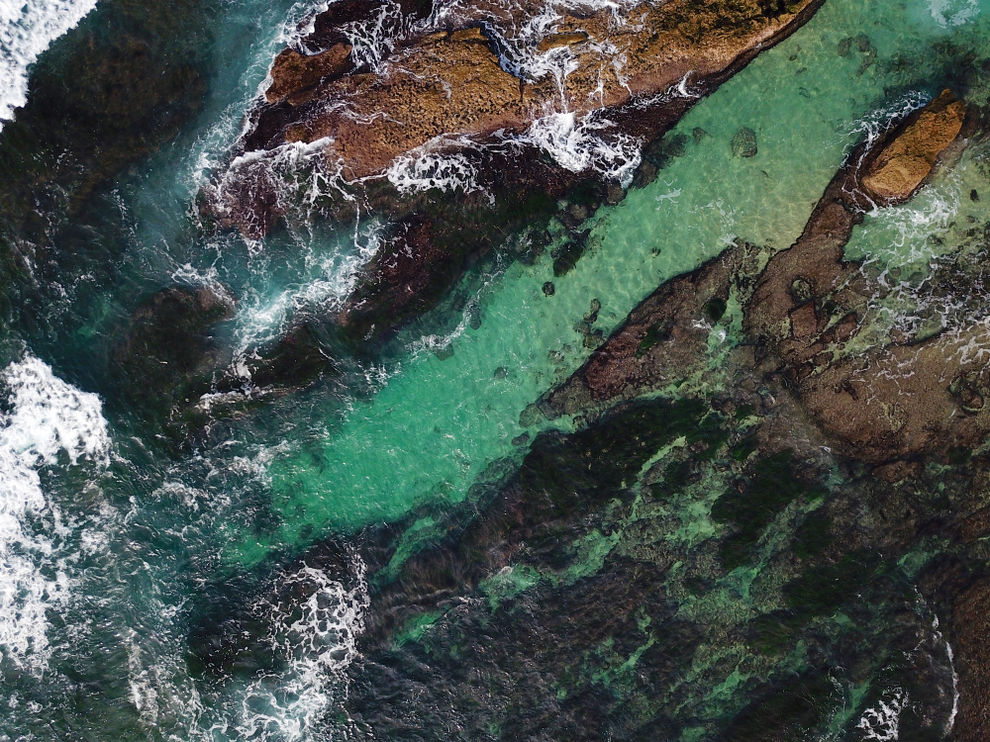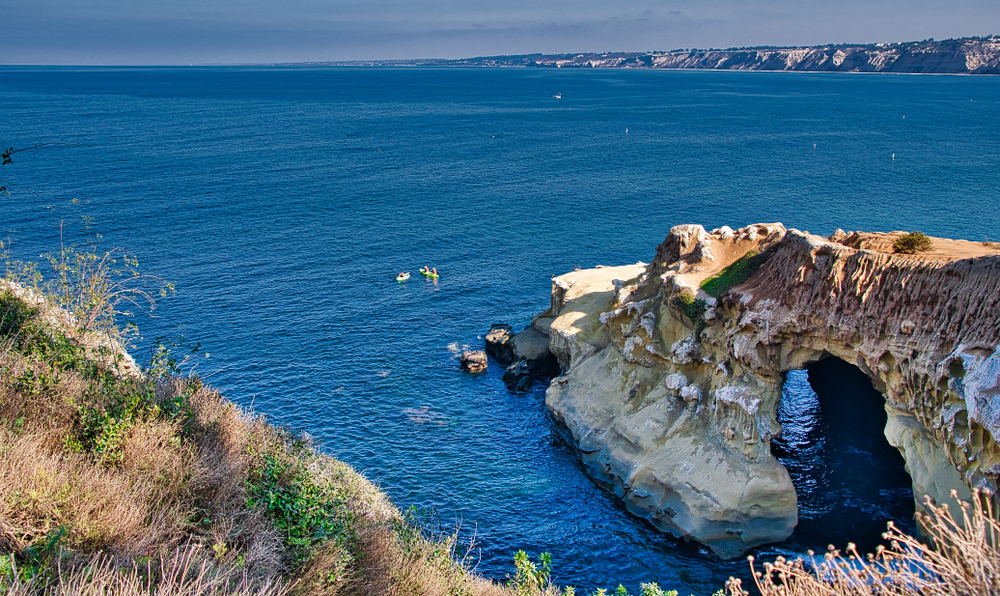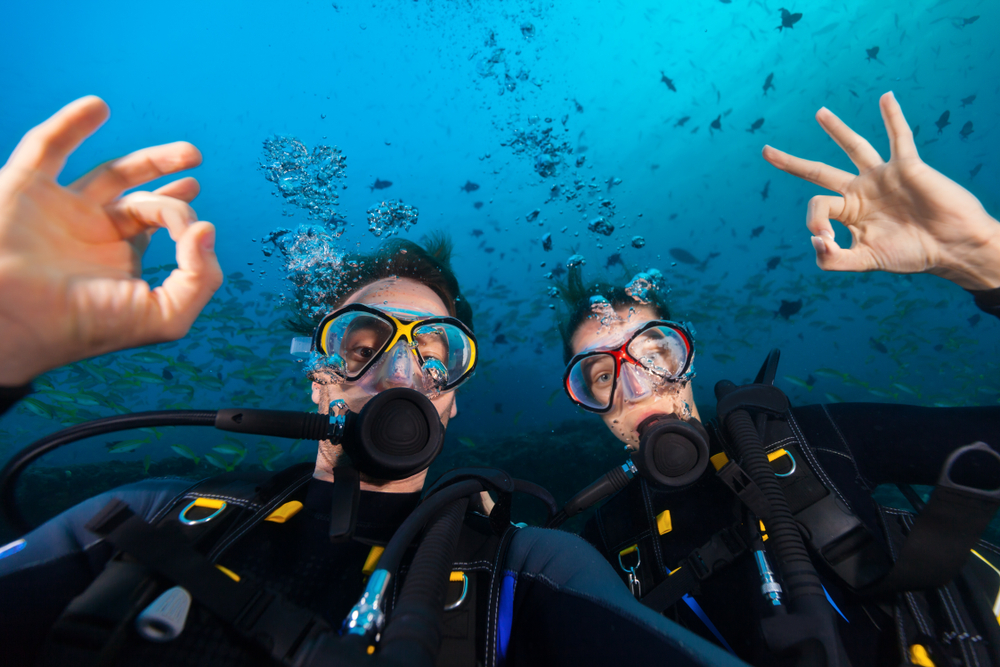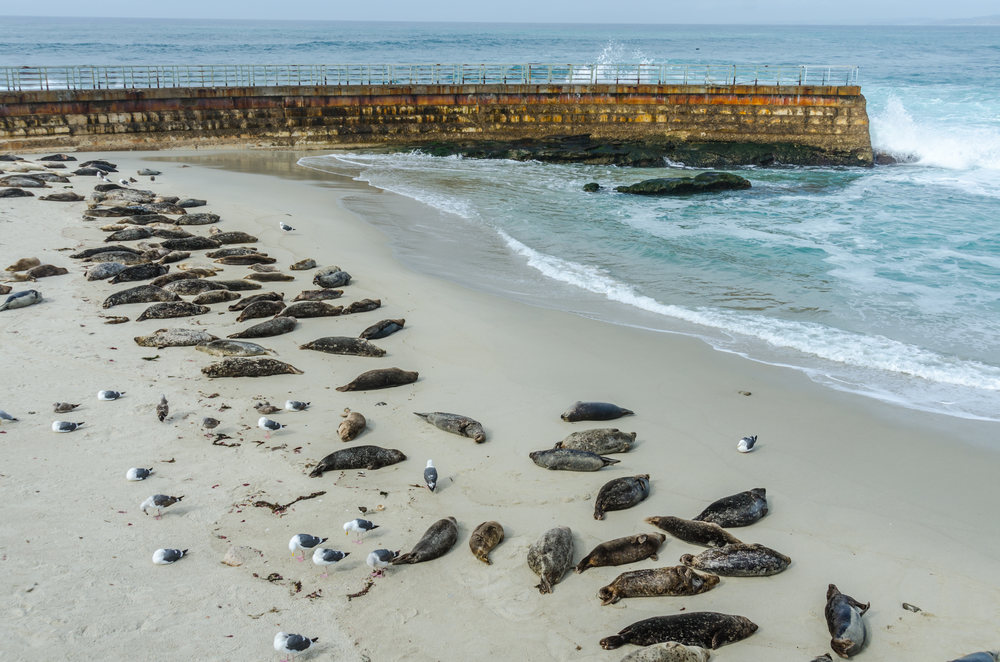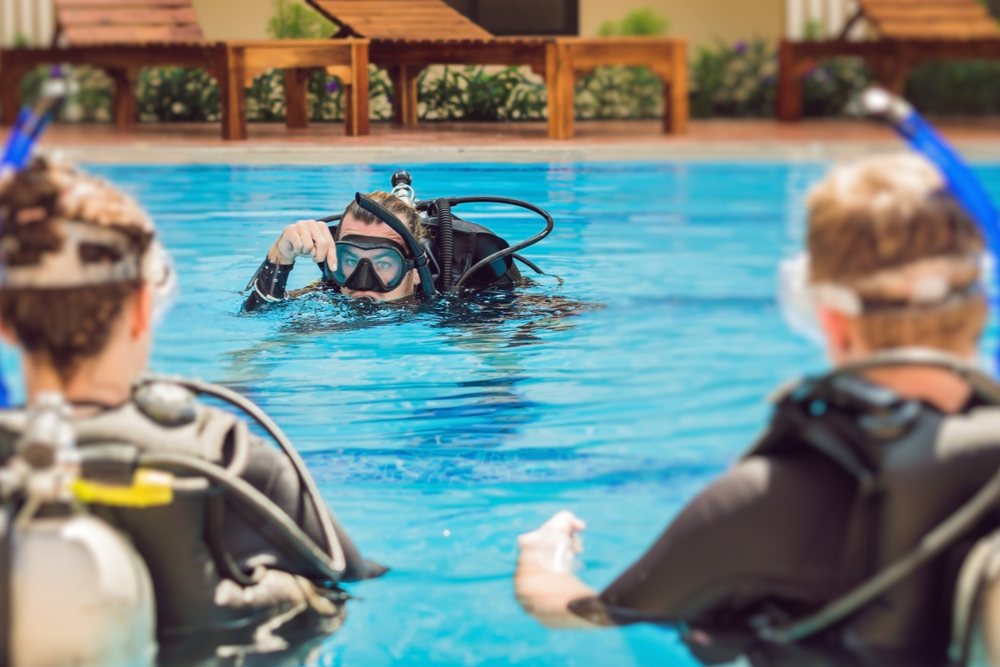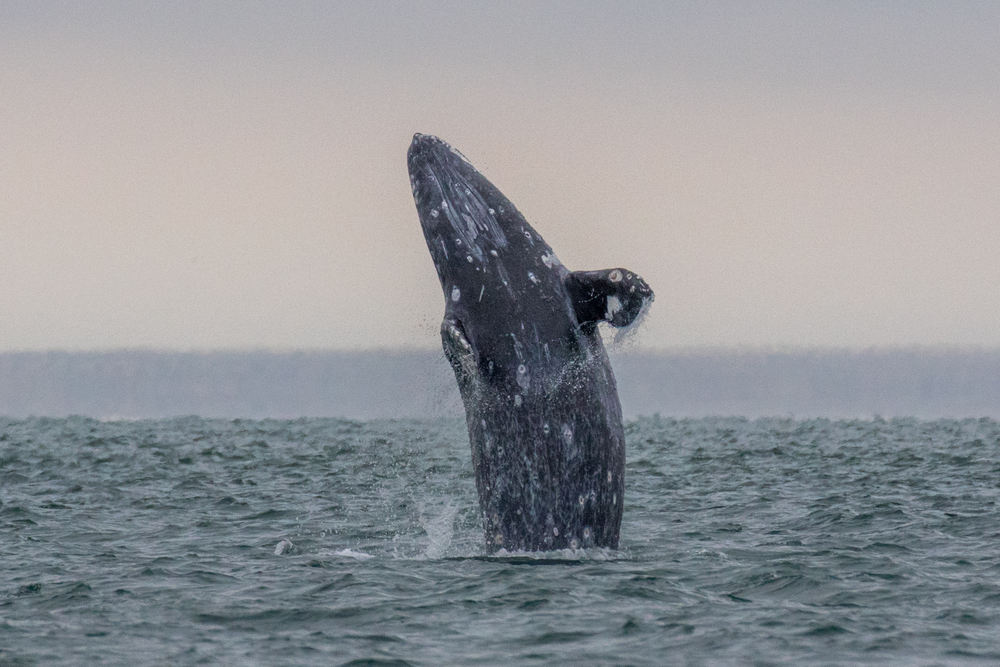What is low impact diving? It’s when recreational scuba divers use techniques and procedures to minimize their environmental impact. Divers mainly achieve this by avoiding contact with delicate rock formations, sensitive reef life, and historical wrecks. As divers, we have to protect the dive site’s conditions as much as possible. A phrase we like to use is to “take only memories – leave only bubbles.” This blog will go over how to practice low impact diving at La Jolla Cove Ecological Reserve.
Does Low Impact Diving Work?
A study tested the effectiveness of low impact diving training on 183 certified divers. The study assessed if training could help divers reduce or avoid contact with the reef, regardless of their experience or certification level. The divers completed a single pre-training dive, where they accomplished tasks to the best of their current abilities. The test found that the light impact training significantly reduced contact with the benthos (organisms found at the bottom of the sea), regardless of the diver’s experience or certification level. This test shows that divers of all experience levels are capable of learning and applying low impact diving techniques. It’s an essential skill to learn as contact with the benthos is one of the most common causes of reef damage.
Common Techniques
- Before Your Dive: When shore diving, you should enter and exit the water carefully, stick to defined tracks, and be wary of habitats and vegetation. Find entry points that include gravel or sand so you make a minimal impact when checking and adjusting your gear. Make sure any dangling equipment and gauges are secured and that you operate your dive gear in a manner that prevents habitat damage. Before or after your dive is also a great time to remove any trash or litter you see in the area.
- During the Dive: Divers should be weighted correctly for neutral buoyancy and maintain it throughout the dive. This helps minimize the disturbance to the seafloor by their fins. Buoyancy is especially important to be aware of during night dives when taking photographs since your field of view is limited. Always check the size of a gap you intend to pass through to ensure you can get through without making contact on the sides, bottom, or overhead. When hovering over a reef, it’s best to keep your eyes fixed on a reference object, so you don’t drift or sink towards the reef. Avoid gripping objects to prevent drift, but when contact with a reef is unavoidable, try using a rock or piece of dead coral.
- Avoid Disturbing Marine Life: Turbulence from divers’ fins can disturb marine life, so whenever swimming close to marine habitat, try to use the “frog kick” instead of the “flutter kick.” As guests in the ocean, we should leave wild things wild, meaning we don’t harass, touch, feed, or interfere with any marine wildlife or plants. Be careful not to disturb underwater animals while taking photos, and keep your camera lights down, especially at night. Never bring back any objects, as this greatly interrupts the habitat and is illegal in La Jolla. The La Jolla Cove Ecological Reserve is protected by State and Federal Law.
Learn From Your Instructor
Dive instructors and certification programs will often teach low impact diving methods. However, some scuba divers don’t follow these instructions and techniques, which can cause negative impacts on marine habitats. As we mentioned earlier, any certification or experience level scuba divers can learn and practice the techniques. At Trident Divers, we’ll help guide you to become exceptionally competent in the water and improve your safety through education. It’s our goal to keep the La Jolla cove as beautiful and alive as ever!
We hope this blog motivates you to practice low impact diving at La Jolla Cove Ecological Reserve! If you’d like to learn more about diving techniques or want to join us for a tour, give us a call! You can reach us at (619) 415-9426 or get in touch through our website. Remember, take only memories – leave only bubbles!


